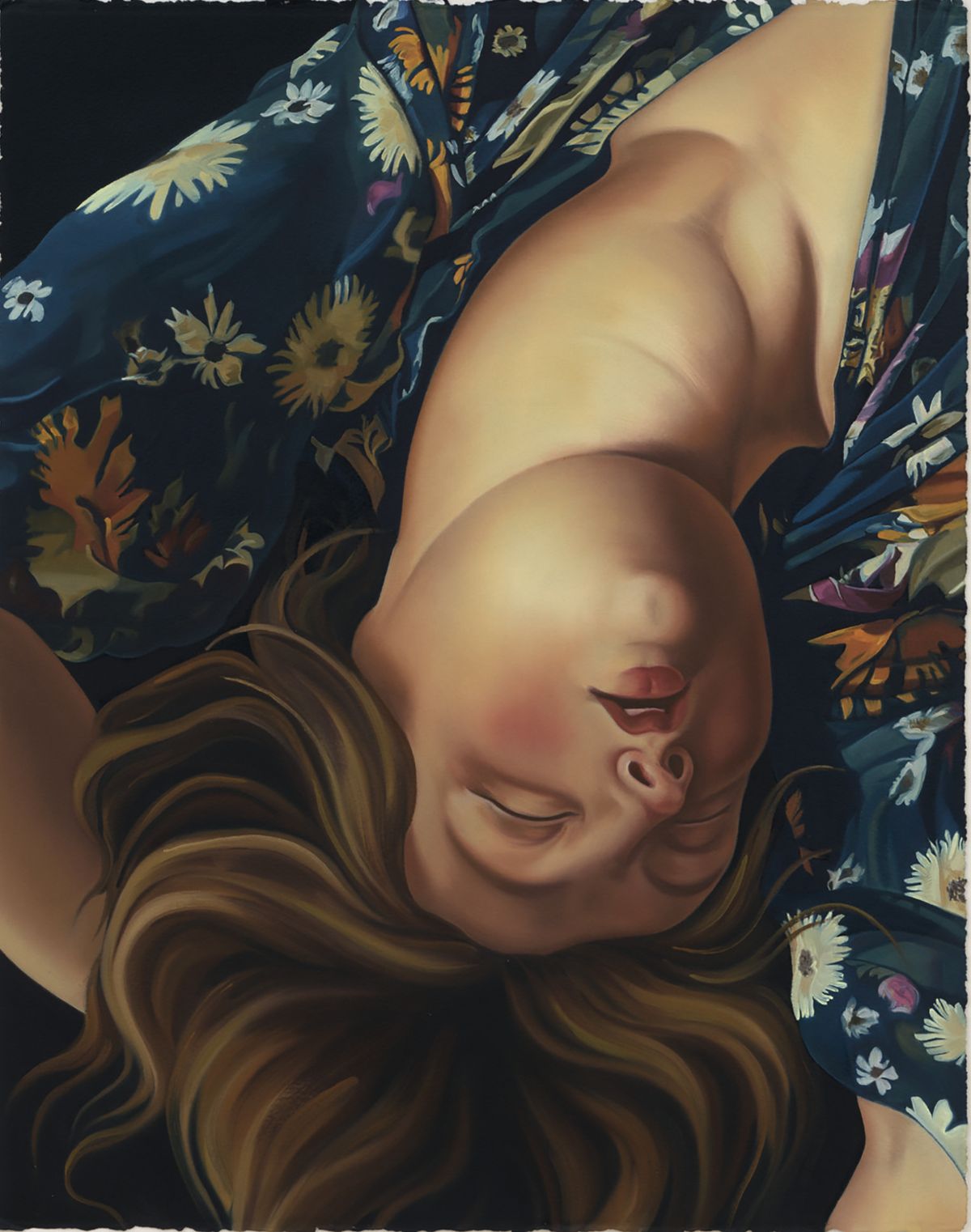Although institutions often pave the way for influential curatorial approaches, it tends to be through the back-and-forth interplay with the art trade that these approaches proliferate into wider trends. Such has been the case in recent years with the growing phenomenon of transhistorical exhibitions, particularly those pairing the Old Masters with contemporary artists.
Notable transhistorical initiatives have been appearing sporadically for at least the past four decades, in both for-profit and non-profit contexts. Starting in 1993, the 17-year alliance between Pace Gallery and Wildenstein & Co set a precedent for dealers with a largely present-day programme engaging with classical art. The UK National Trust’s 2009 initiative Trust New Art injected works by living artists into the numerous Georgian mansions under its care. Seven years later, New York’s Metropolitan Museum of Art inaugurated its programme at the historic Breuer Building with Unfinished, an exhibition that explored the concept of completeness through works from the Renaissance to the 21st century.
Leonardo as catalyst
Yet transhistorical presentations achieved a new global momentum in November 2017, when Leonardo’s Salvator Mundi sold for a record-shattering $450.3m (with fees) in an evening sale of post-war and contemporary art at Christie’s in New York. Old and new art have been curated together more frequently and more widely ever since. Although there is little disagreement about the critical contributions of cross-category shows, experts still diverge on the matter of whether it has produced consistently good business.
Among the proponents of the transhistorical presentation is Roland Augustine, the co-founder of Luhring Augustine gallery. Treasures of the Medieval World (until 8 March), at the dealer’s Tribeca space, features more than 40 works hailing from the Middle Ages. It also marks the contemporary gallery’s fourth collaboration since 2018 with the London-based Medieval art dealer Sam Fogg.
“These exhibitions have been very successful from a curatorial and critical standpoint,” Augustine tells The Art Newspaper. “A lot of it has to do with the fact that the cultural community has a very selective memory. We’re so overwrought with the world of contemporary art and its market these days that we have lost a larger sense of what has come before us.”
Calling transhistorical collaboration “something to revere and perpetuate”, Augustine says that the shows have also been “very successful” at encouraging cross-category collecting, even though “the business side was not the raison d’être for the collaboration”. In addition to yielding notable sales, he says the gallery’s early Modern programme was recently pivotal in convincing one significant artist to join its roster.
Crossover buyers are rare
Sprüth Magers is another gallery enthusiastic about the larger value of a transhistorical programme. Its 2023 exhibition The Kingdom of the Renaissance, curated by the independent dealer and adviser Mireille Mosler for the gallery’s New York location, coupled paintings by the Old Masters-inspired contemporary artist Karen Kilimnik with works from the Renaissance to the 19th century. “The response to the exhibition was so positive that we set to planning similar shows, including our upcoming exhibition by Andreas Gursky [opening 14 March] that will pair his works with facsimiles of Old Master paintings,” says Sprüth Magers co-founder Philomene Magers.
Yet Mosler, who has been curating transhistorical shows since 2006, is more cautious about their impact on the art trade. “There are definitely a few crossover buyers, but they are rare,” she says. Still, she adds, if a transhistorical initiative “compels one new collector to make a crossover purchase, it is already helping the market”.
The recent surge of early Modern art in contemporary spaces, and vice versa, has coincided with the rise of “new historicism”, a literary term recently redefined by the critic Rachel Wetzler to describe artistic practices intent on “reviving, rehashing, digesting and renegotiating art-historical precedent”. Aside from Kilimnik, the label also applies to fast-rising talents such as Emily Mae Smith, whose sly anthropomorphic broomsticks were curated alongside pieces by René Magritte at the Royal Museums of Fine Arts in Belgium (until 3 February), as well as Jesse Mockrin, whose figurative compositions reinterpret Baroque art.
Mockrin is rapidly becoming a cross-category cornerstone: one of her paintings is paired with a work by the 17th-century Flemish master Artus Wolffort in Behind the Bedroom Door, an era-spanning group presentation at James Cohan gallery in New York (until 8 February). “These kinds of exhibitions illustrate the ways in which many collectors live with art, which eschews rigid chronology or category,” says a spokesperson for the gallery. The Art Gallery of Ontario (AGO) in Toronto will also integrate pieces by Mockrin into its collection of European art in a show opening in September.
What about the faction of Old Master scholars who argue that contemporary collaborations devalue historic works? Not surprisingly, those undertaking transhistorical projects consider the pushback a positive. “Just as Jesse’s practice brings fresh perspective and raises new questions about how we see an artist such as [Hendrick] Ter Brugghen … so did Ter Brugghen in his day challenge his 16th-century predecessors,” says Adam Harris Levine, the AGO's associate curator of European Art. “As the saying goes, all art was contemporary in its day.”


